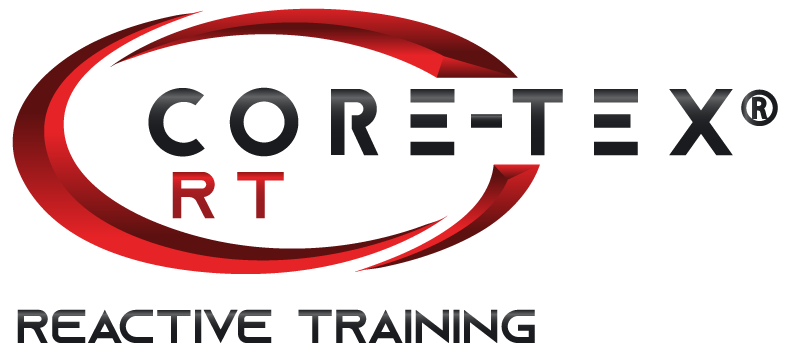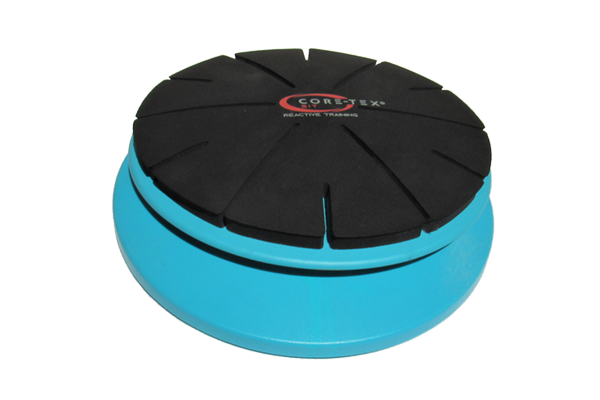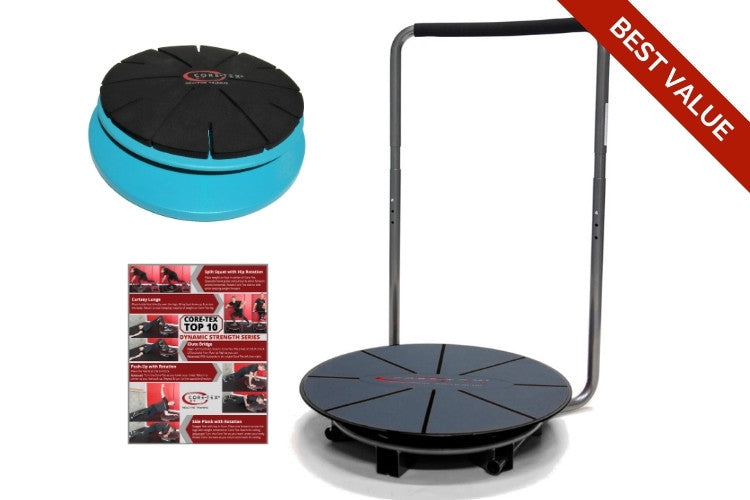Does it look, feel, and remind you of the task? Does it pass the “smell test”? In other words, is it clearly transferable to the sport or activity you are training for? Not every exercise has to look like a golf swing or pickleball overhead, but there is a need to train the way you play. This is often the dilemma with the application of core training to rotational athletes.
Any form of static bracing and all forms of sagittal trunk/hip flexion do not train the core to be better at driving a golf ball, swinging a racket, or throwing a baseball. Can they be part of comprehensive progressions for an athlete? Yes. Are they adequately transferable to development of the neuromuscular coordination for a rotational sport? No.
For many years now a lot has been said and debated in the fitness, strength and conditioning and rehab fields about what defines the core, core strength and core stability. The question any coach or therapist must ask when training someone participating in a sport is, “can I connect the dots from what I am doing in the gym/clinic, to what they are doing on the course, field or court?”.
One of the unique benefits of Core-Tex and it’s freely moving, unrestricted rotation is its ability to create an environment where the key rotational muscles can coil and uncoil with greater ranges of motion and by generating the muscular response from the middle out. Combining this unrestricted rotation with the ongoing “bottom up” variability, we avoid repeatedly loading the exact same structures on every repetition and provide the motor system with the stimulus to adapt to ever changing environments.
Recognizing that golf, pickleball, tennis, baseball movements are performed on solid ground, the exercises on Core-Tex fill an unmatched need in training the motor response and transformational zone from concentric to eccentric and back to concentric. Said another way, the key rotational muscles accelerate, decelerate, and reaccelerate as needed in a rotational sport. Utilizing Core-Tex as a training environment in conjunction with a ground based rotational strategy offers unique advantages and fills a critical role in the athlete's neuromuscular rotational competency.















Leave a comment (all fields required)